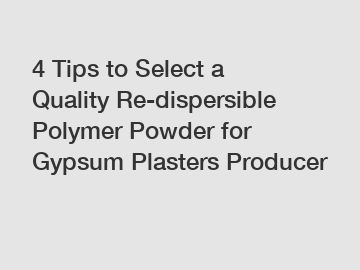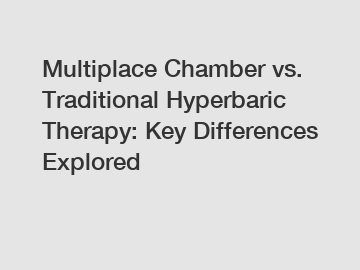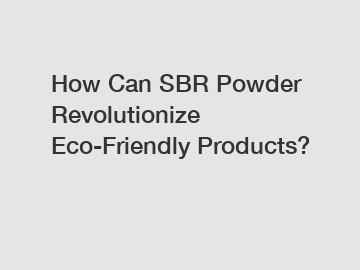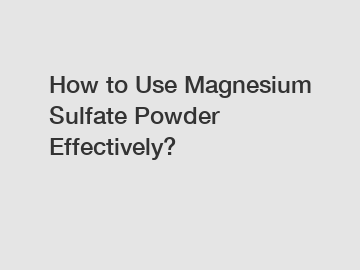Selecting the Ideal Redispersible Polymer Powder for Mortar
Redispersible polymer powder (RDP) is a vital component in the construction industry, especially for mortar applications. With numerous options available, choosing the right polymer powder for your project can be challenging. This article will guide you on how to select the ideal redispersible polymer powder for mortar and provide insights on how to determine whether a polymer powder is flexible or rigid.
Assessing the Flexibility or Rigidity of Polymer Powder
Understanding the flexibility or rigidity of a redispersible polymer powder is crucial for mortar applications. Here’s how to evaluate these properties:
Elasticity
Tackiness: A flexible polymer powder will feel slightly tacky, indicating its ability to deform without cracking. In contrast, a rigid polymer powder will feel dry and lack tackiness.
Stretchability: Flexible polymer powder can be easily stretched, showing its ability to accommodate movement. This can be tested by gently stretching the powder and noting how much it elongates before tearing.
Recovery: After stretching, observe how well the powder returns to its original shape. A flexible polymer powder will bounce back well, while a rigid one will show minimal elasticity and struggle to regain its shape.
Tensile Strength
Preparation: Mix the polymer powder with water according to guidelines and let it dry.
Testing: Use a tensile testing machine to apply force until the specimen breaks. Flexible polymer powder will have lower tensile strength, indicating its ability to deform under stress, whereas rigid polymer powder will have higher tensile strength, reflecting its resistance to deformation.
Film Formation
Thickness: Flexible polymer powders form thin, deformable films, while rigid ones create thicker, less flexible films. Compare the thickness of films to determine flexibility.
Appearance: Flexible polymer powders produce smooth, pliable films without stiffness. Rigid polymer powders form films with rough or brittle characteristics.
By evaluating elasticity, tensile strength, and film formation, you can gain valuable insights into the flexibility or rigidity of redispersible polymer powders, which directly impacts the performance and durability of the mortar.
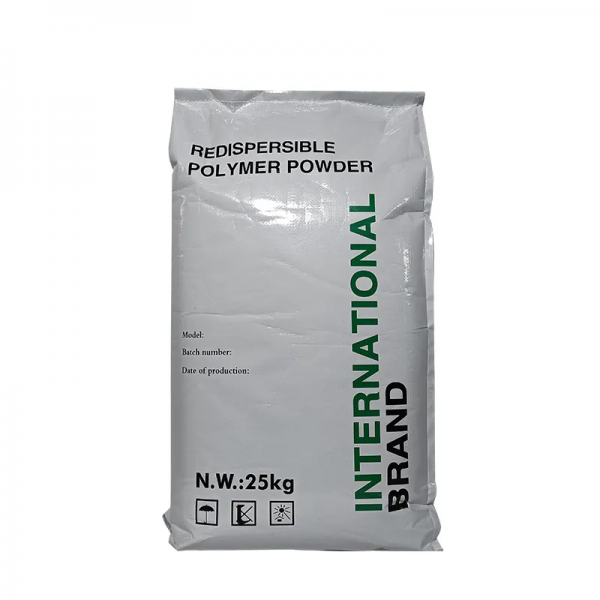
FAQS ABOUT ANIONIC SURFACTANTS
How to Choose High Quality 6-Amino-1,3-Dimethyluracil?
Unlocking Benefits of High Quality 6-Amino-1,3-Dimethyluracil
Unlocking Secrets of High Quality CAS: 6642-31-5
What Makes High Quality CAS:6642-31-5 Essential?
How to Choose High Quality N,N’-Dimethyl Urea?
Unlocking the Benefits of High-Quality N,N'-Dimethyl Urea
Factors to Consider When Choosing Redispersible Polymer Powder for Mortar
Once you understand how to assess the flexibility or rigidity of Re-dispersible Polymer Powder, consider the following factors when selecting the right one for your project:
Application
Depending on the specific use, such as external rendering, tile adhesives, or self-leveling compounds, choose a polymer powder that matches the requirements of your project.
Compatibility
Ensure the polymer powder is compatible with other components of the mortar system, such as cement, aggregates, and chemical admixtures. Incompatibility can lead to poor dispersion and reduced performance.
Performance Attributes
Workability: Choose polymer powders that enhance the workability of the mortar, making it easier to mix, spread, and apply.
Water Resistance: For applications exposed to moisture, select a polymer powder that provides excellent water resistance to prevent degradation and cracking.
Adhesion: Ensure the polymer powder improves the bonding strength between different materials, ensuring long-lasting adhesion.
Impact Resistance: For areas prone to mechanical stress, select a polymer powder with high impact resistance for added durability.
Glass Transition Temperature: Consider the temperature range in which the polymer transitions between glassy, elastic, and viscous states. Higher glass transition temperatures (above 0°C) indicate stronger adhesion but less flexibility, while lower temperatures (below 0°C) offer better flexibility but weaker adhesion.
Manufacturer Reputation
Opt for reliable and well-established manufacturers with a proven track record of supplying high-quality polymer powders. Research their certifications, product testing methods, and customer reviews to ensure they meet industry standards. Additionally, consider their technical support and customer service.
Conclusion
Selecting the right redispersible polymer powder for mortar applications is crucial for the long-term durability and performance of construction projects. By understanding how to assess flexibility or rigidity and considering factors like application, compatibility, performance, and manufacturer reputation, you can make an informed decision. Choosing the right polymer powder will significantly enhance the overall quality and success of your mortar applications.
Related links:MHEC Chemical for Wall Putty: Essential Benefits vs. Alternatives
How MHEC Transform Wall Putty Market Dynamics?
The Advantages of Utilizing Coating Auxiliary Agents
Unlocking the Power of Coating Auxiliary Agents
HPMC For Paints & Coatings for Sale: Ultimate Guide
HPMC For Paints & Coatings for Sale: 2024 Insights
How to Select Re-dispersible Polymer Powder for Wall Putty Suppliers?
- Previous: None
- Next: None


